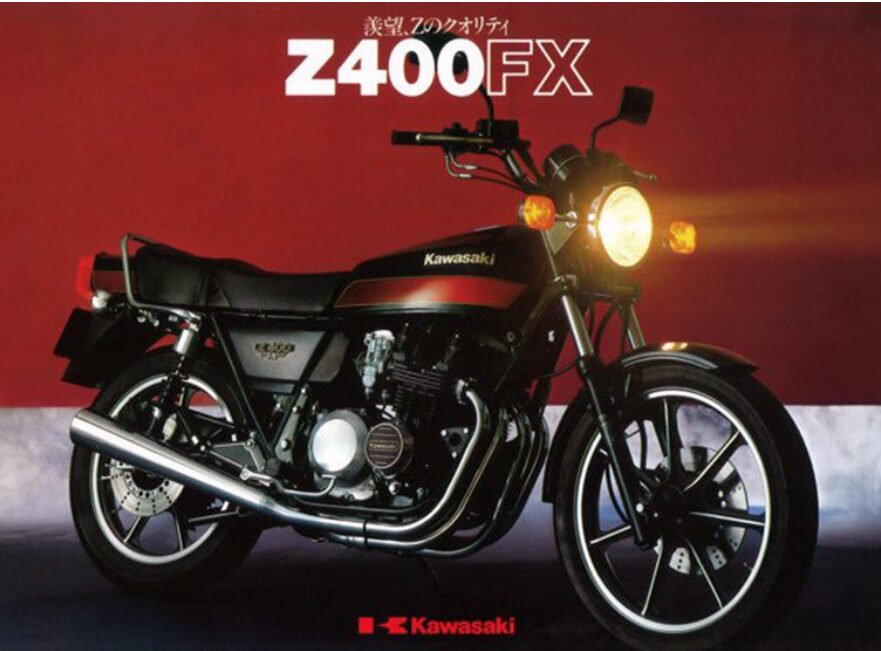
Today, I want to talk to you about another classic among Kawasaki motorcycles, which is also a model that many people were introduced to large displacement bikes: the history of the Kawasaki ZEPHYR400 series.
However, to truly mention ZEPHYR, there are several ancestral models that must be discussed:
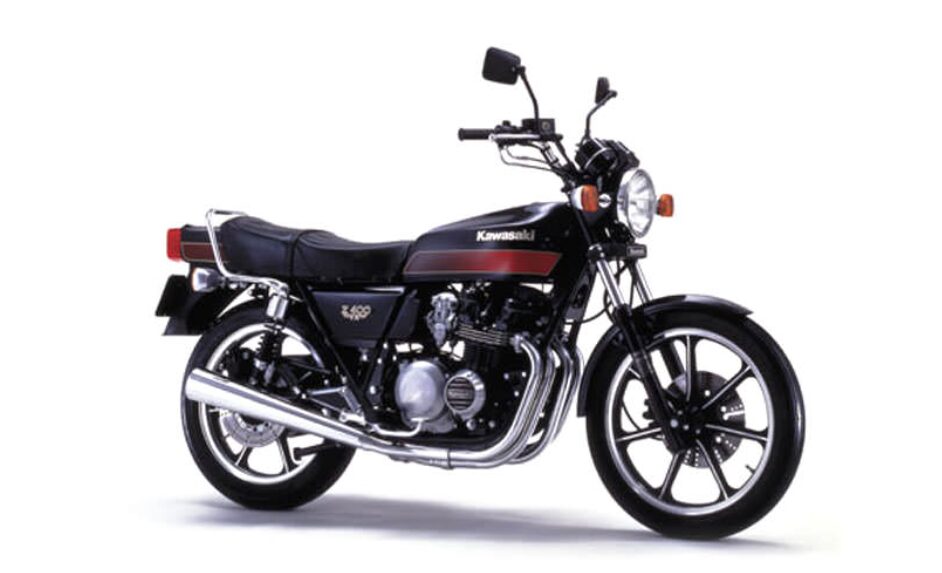
Original Model: Z400FX Year: 1979
In 1979, Kawasaki finally launched a 400cc four-cylinder engine model: Z400FX.
During that era, not only Kawasaki, but also the other three major Japanese manufacturers had very few four-cylinder models in this displacement category. This is because, at that time, 400cc engines typically used the same dual-cylinder power platform as 250cc engines.
This design was widely adopted mainly because it allowed motorcycles in this category to find a balance between cost and efficiency. Therefore, four-cylinder engines were considered a luxury and were limited to larger models such as the Z2 and Z650.
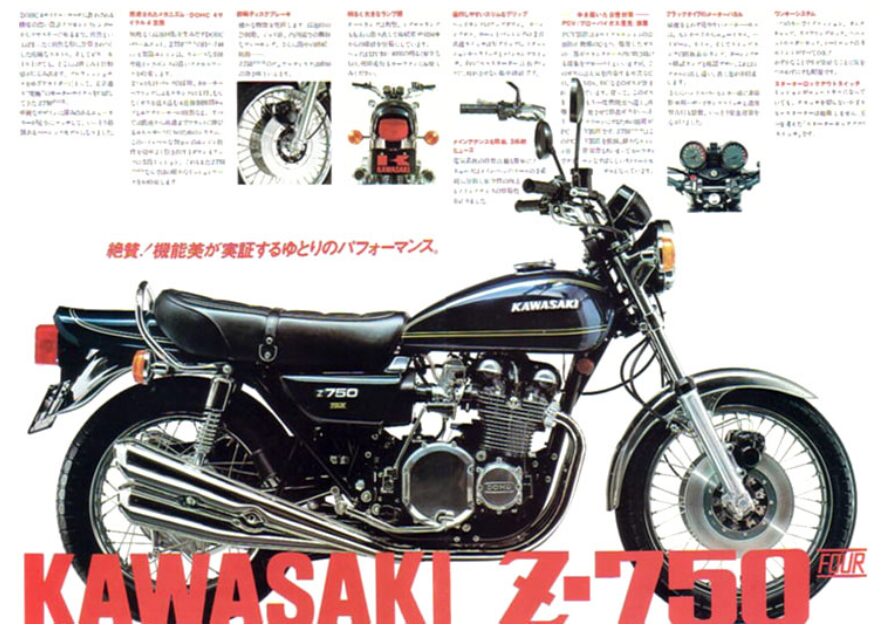
On the other hand, Japan’s very strict licensing system made it very difficult to obtain a license for motorcycles in this category. This also led to many motorcycle enthusiasts in Japan who loved four-cylinder engines unable to realize their dreams.
So, why could the Z400FX adopt a four-cylinder design? Because this four-cylinder engine was not based on any 250cc engine platform; it originated from Kawasaki’s export model, the Z550FX.
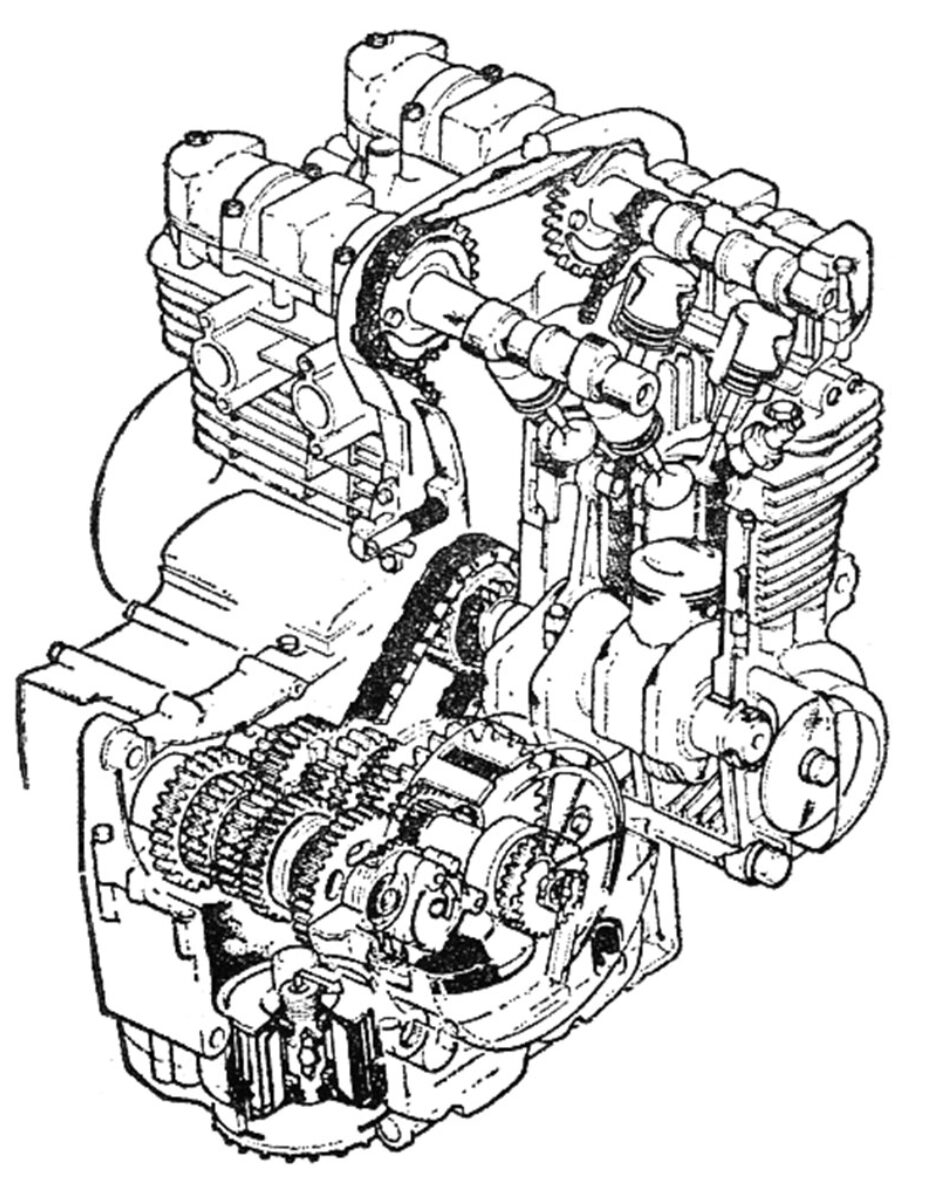
Z550FX is also quite interesting. This model, or rather this engine, was not a global model for Kawasaki. To put it bluntly, the main purpose of developing the Z550FX was to further dilute the development and production costs of the Z400FX.
Kawasaki did this mainly because Honda’s CB350/400FOUR model was discontinued due to unprofitability. Honda’s bloody lesson made Kawasaki very cautious about costs when developing these two models.
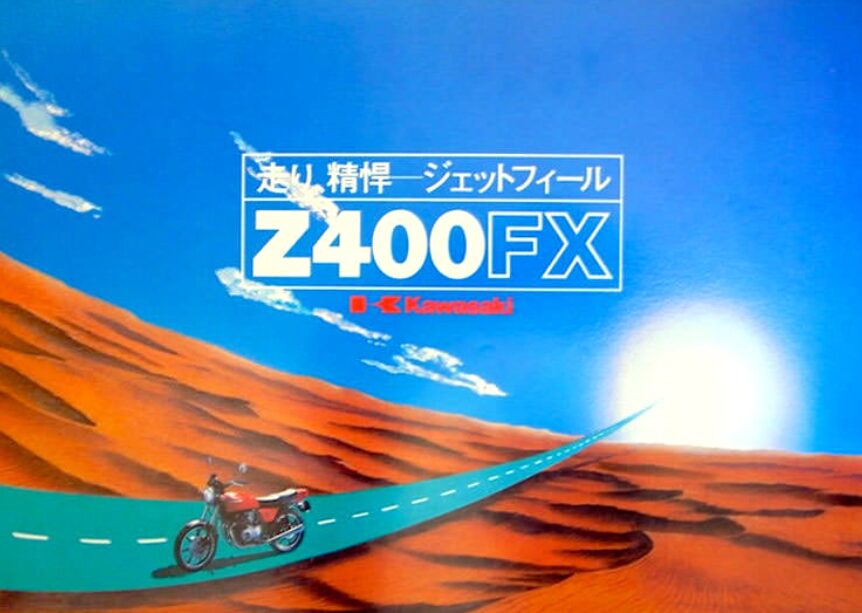
So when Kawasaki launched this model, they were very uncertain. Despite the fact that this engine was excellent, capable of producing 43 horsepower, it was absolutely leading in its class.
Moreover, its exterior design continued Kawasaki’s consistent Z series design style.
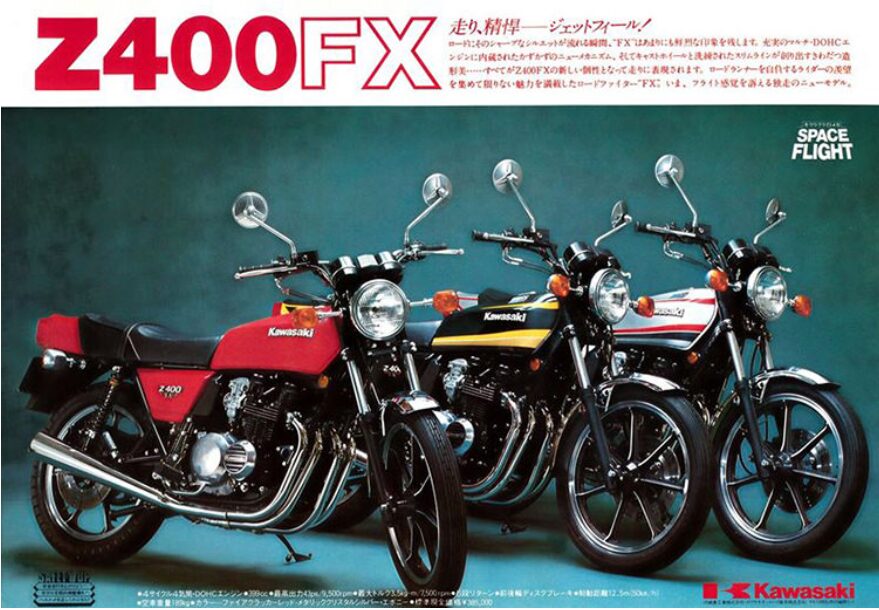
However, the timing of this model’s launch was very good; at that time, there was a complete void in the four-cylinder models in this displacement category in Japan.
